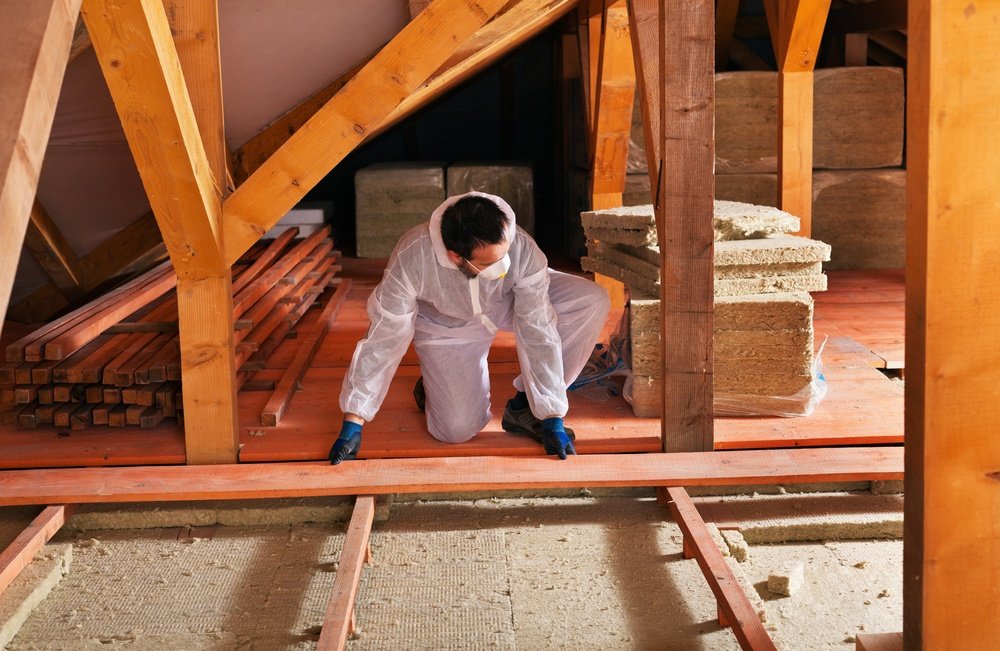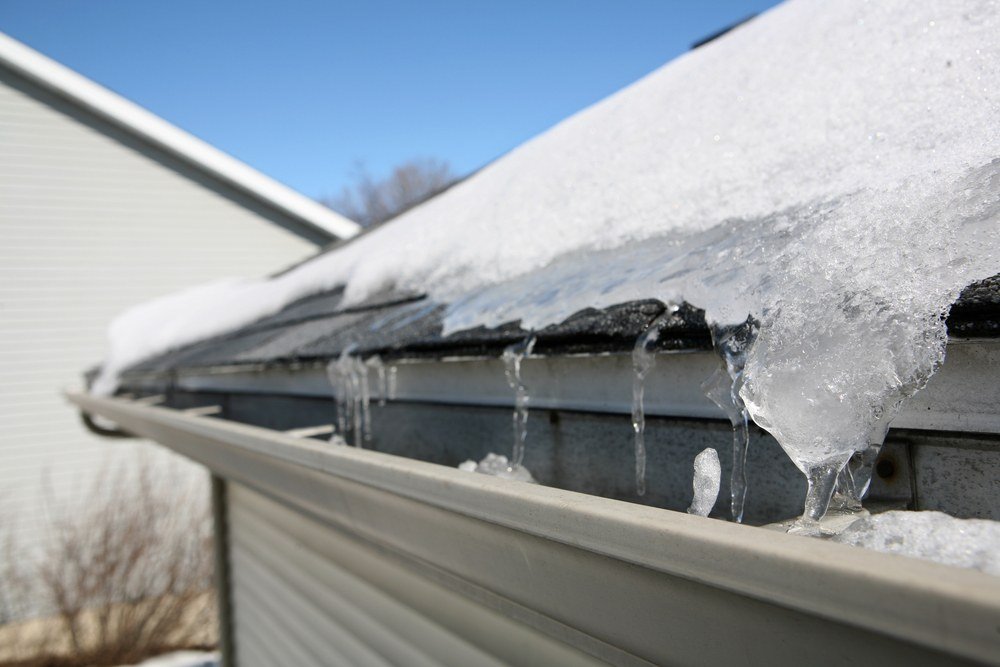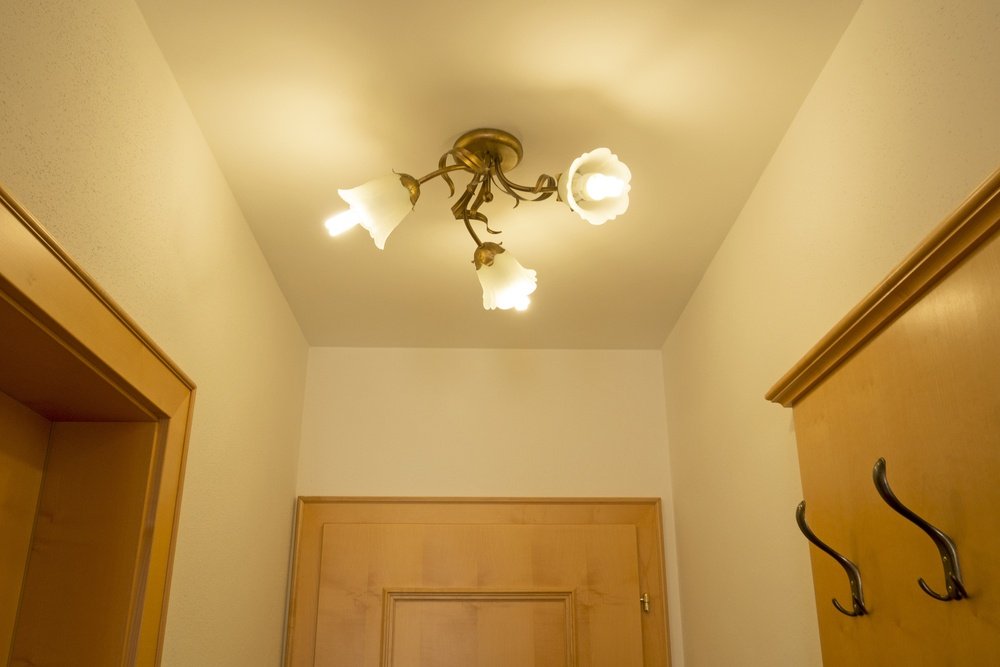How To Know If Your Attic is Properly Insulated

Without having a professional coming out to take a look at things, it can be hard to tell if your attic is properly insulated. However, there are a few easy things you can do to see if your attic is properly insulated.
Common Signs of Problems with Insulation
There are four especially common signs of problems with attic insulation. If you notice one or more of these occurring, you probably need to take action:
Problem 1: Ice Dams
Icicles may look pretty, but they could also be a sign that something is seriously wrong with your roof. These dams form when snow covers the roof and rising heat melts only some of it, causing liquid water to flow down the roof. However, once it’s away from the heat, the ice freezes again. The result is a heavy buildup of ice along the edges of the roof.
If left untreated, ice dams can rip off shingles, crunch gutters, and drop the edges of your roof onto the things below them like your car. Carefully removing the ice will help, but the only permanent fix is repairing your insulation.

Problem 2: Odd Temperatures
This test is a little more complicated. First off, you’ll need to open all of the inside doors for awhile and let the temperature of your home even out. Make sure the vents are open, too. Once you’ve done that, take a walk around and check for rooms that seem significantly warmer or colder than other areas. While you’re at it, feel the ceiling and see if it seems strangely hot or cold in any area.
If any rooms have odd temperature changes, there’s a good chance that the insulation in that area is poor and will need to be replaced. Note that ceilings aren’t the only areas where insulation can be poor. You may also be losing heat through the walls or even through poorly-insulated windows. Be sure to check all areas of your home.
Problem 3: Drafty Rooms
Wind doesn’t just happen on its own. If there’s a draft, it’s coming from somewhere, usually because of cracks and uneven air pressure. Not all drafty rooms are especially obvious, though. The most common problems with drafts in the ceiling are because of light bulbs, so follow this easy process with each ceiling lamp to check for air leaks.
Turn off of any smoke-producing items (typically stoves) several hours before you start. Then, shut every normal exit to the home including doors, windows, fireplaces, and anything else your home may have. Next, turn the house’s vents on. Most homes have at least one in the kitchen, by the stove, as well as one in each bathroom. Finally, light an incense stick or a candle and move it close to the light fixture. If the smoke gets sucked up, there’s an air leak there.

Problem 4: High Energy Bills
This problem is the easiest to notice, because you’re paying for it every few weeks. If your utility bills look high to you, they probably are. High energy bills tend to be a sign that your HVAC system is working harder to compensate for energy loss somewhere in the house. Small leaks tend to cause small increases in your bills, while larger leaks could quickly start costing you hundreds of dollars.
Need More Help?
Benefyd offers a free program for walking through your home and uncovering points where you might be losing energy. Conduct your own home energy audit to discover what’s really going on with your attic insulation. Don’t pay higher energy bills when you don’t have to. Instead, learn to identify problems and find out the best way of dealing with each issue.


